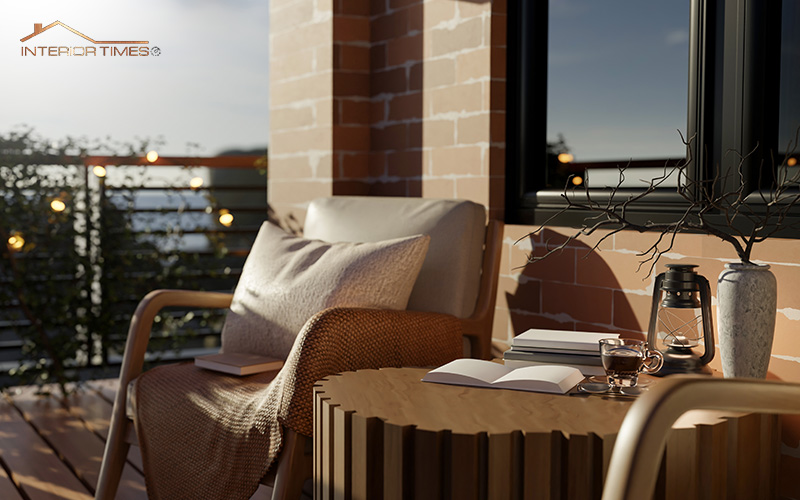Designing a functional home office is essential for creating a productive and comfortable workspace. Whether you work from home or need a designated area for personal projects, having a well-designed home office can significantly impact your efficiency and overall satisfaction. In this article, we will explore the essential elements of a functional home office, provide tips for choosing the right furniture, offer insights on creating a productive work environment, discuss ways to make your home office inviting and comfortable, and share strategies for maintaining an organized workspace.

What are the essential elements of a functional home office?
Adequate Space
To ensure productivity, your home office should offer sufficient space to accommodate your work essentials comfortably. It should be spacious enough to house your equipment, supplies, and documents, allowing easy access and freedom of movement.
Good Lighting
Optimal lighting is crucial for maintaining focus and reducing eye strain. Natural light is ideal, but if that’s limited, supplement it with well-placed artificial lighting. Choose adjustable desk lamps or overhead lighting to create a well-lit and conducive environment for work.
A Comfortable Chair
Since you’ll be spending long hours seated, investing in an ergonomic chair is essential. Look for a chair that provides proper lumbar support, adjustable height, and comfortable cushioning to prevent discomfort and promote good posture.
Adequate Storage
Efficient storage is vital for keeping your office clutter-free and organized. Include storage solutions such as shelves, filing cabinets, or drawers to store important files, documents, and office supplies. This will help you maintain a tidy and functional workspace.
A Quiet Environment
Wherever possible, select a quiet area in your home for your office. Minimize noise distractions by positioning your office away from high-traffic areas or using noise-cancelling techniques such as soundproofing materials or headphones.

How do you choose the right furniture for your home office?
Consider Your Space
Measure your home office space to ensure furniture fits appropriately without overwhelming the room. Optimize functionality by selecting furniture that complements the size and layout of your office, allowing for easy movement and accessibility.
Identify Your Needs
Assess your work requirements to determine the type of furniture you need. If you primarily work on a computer, choose a desk with ample surface area and a comfortable keyboard tray. If your work involves writing or drawing, prioritize a spacious desk with sufficient workspace.
Reflect Your Style
Infuse your personal style into your home office by selecting furniture that aligns with your taste. Whether you prefer a traditional, modern, or eclectic look, choose pieces that resonate with your aesthetic preferences, creating a visually pleasing and inspiring workspace.
What are some tips for creating a productive work environment?
Prioritize Good Posture
Ensure your workspace promotes good posture by positioning your chair, desk, and computer at appropriate heights. This helps prevent back pain and enhances your overall comfort while working.
Maintain an Organized Workspace
Keep your home office organized by having a designated place for everything. Utilize filing systems, storage containers, and digital tools to manage your files, documents, and supplies efficiently. Regularly declutter your workspace to reduce distractions and improve focus.
Decorate for Calmness and Focus
Decorate your office with elements that evoke a sense of calmness and inspiration. Personalize the space with photos, plants, or artwork that resonates with you. Create a balance between a visually stimulating environment and a serene atmosphere conducive to productivity.
Take Regular Breaks
To boost productivity and prevent burnout, incorporate regular breaks into your work routine. Get up, stretch, or step outside for fresh air. Taking short breaks helps refresh your mind and maintain focus throughout the day.

How do you make your home office inviting and comfortable?
Add Personal Touches
Infuse your personality into your home office by adding personal touches. Display cherished photos, meaningful artwork, or sentimental objects that inspire and motivate you. These personal elements create a welcoming and inspiring atmosphere.
Optimize Lighting
Ensure the lighting in your home office strikes a balance between functionality and ambiance. Adjust the lighting to suit your work needs, ensuring it’s bright enough for tasks without causing glare or eye strain. Consider using adjustable lighting options to customize the illumination to your preference.
Consider Soundproofing
If your home office is susceptible to noise disruptions, incorporate soundproofing techniques. Use sound-absorbing materials on walls, install acoustic panels, or consider using a white noise machine to create a peaceful and focused environment.
Regulate the Temperature
Maintain a comfortable temperature in your home office to enhance productivity. Ensure proper insulation, use fans or heaters as needed, and consider a desk fan or small space heater for personalized comfort, especially in extreme weather conditions.
How do you keep your home office organized?
Establish an Organizational System
Implement a reliable organizational system to manage your files and documents efficiently. Use file folders, labels, and storage containers to categorize and store important papers. Consider digital storage solutions or cloud-based services for a streamlined and accessible filing system.
Set Up a Receipts and Document Filing System
Designate a specific area or filing system for receipts, invoices, and other important documents. This ensures easy retrieval when needed, simplifies financial management, and helps you stay organized.
Regular Decluttering
Make decluttering a regular practice in your home office. Sort through your belongings, eliminating items you no longer need. Keep surfaces clear and free from unnecessary clutter to maintain a clean and focused workspace.
In conclusion, designing a functional home office is essential for creating a productive and comfortable workspace that caters to your unique needs. By incorporating the essential elements discussed in this article, such as adequate space, good lighting, a comfortable chair, storage solutions, and a quiet environment, you can set the stage for optimal productivity. Furthermore, selecting the right furniture, creating a productive work environment, making your home office inviting and comfortable, and maintaining an organized space are crucial for a seamless and enjoyable work experience.

At InteriorTimes, we understand the importance of a well-designed home office. Visit our website for expert tips, inspiration, and resources to help you create a functional and stylish workspace. Whether you need guidance on choosing the perfect furniture, organizing your office, or enhancing the ambiance of your workspace, our team of professionals is here to assist you. Take the next step toward designing your ideal home office by exploring the possibilities at InteriorTimes. Your productive and comfortable work environment awaits!



